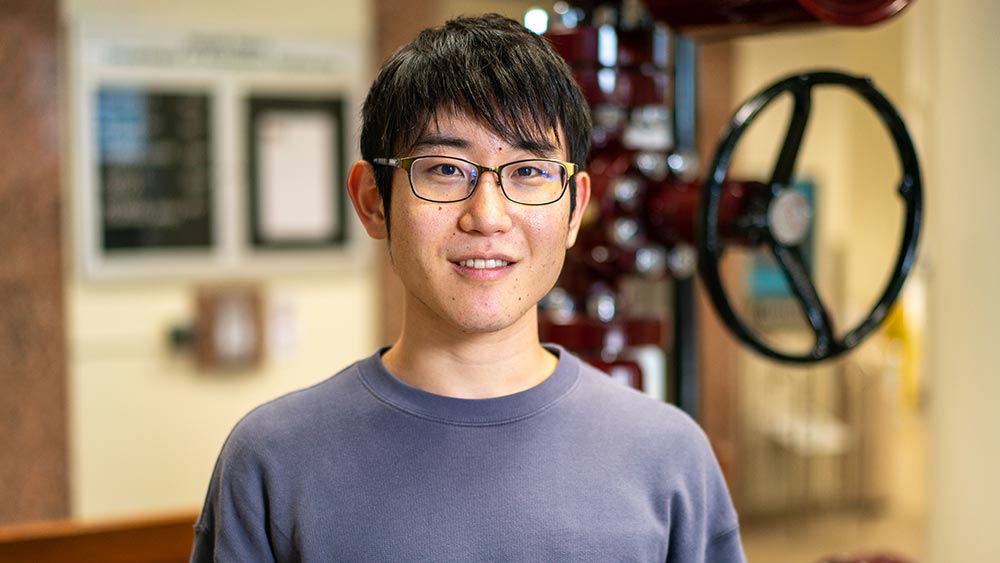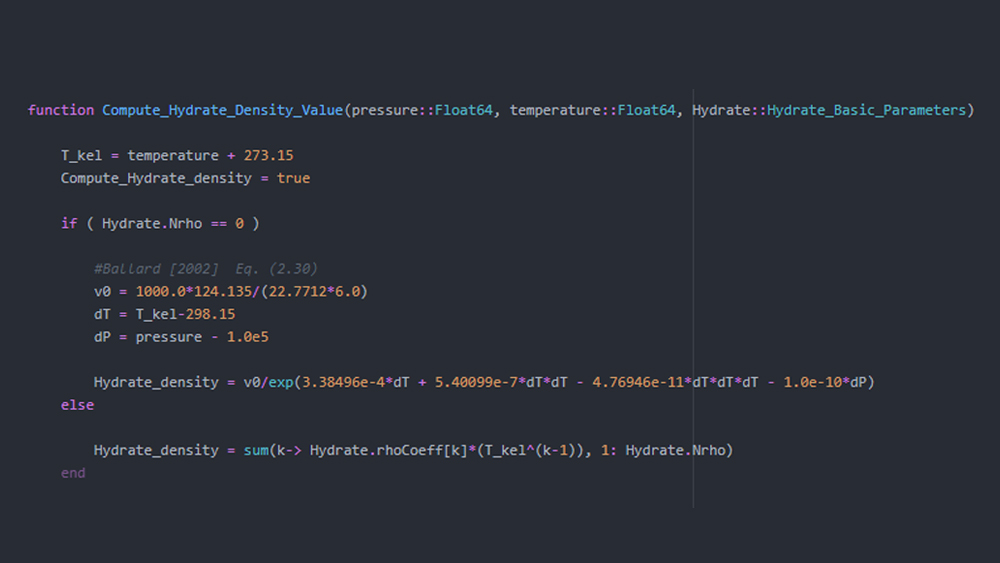
It’s said that 95% of the ocean remains unexplored. Today, scientists are one step closer to unveiling the mysteries of the deep aquatic sea, because hidden on the ocean floor lies an untapped energy source that could revolutionize the future of energy: ice-like crystalline structures known as gas hydrates.
Gas hydrates form when a gas, usually methane, combines with water and freezes under high pressure and low temperatures. Unlike typical ice, gas hydrates are highly flammable and unstable at normal sea-level conditions. Because of this, researchers face enormous challenges in trying to safely extract the methane. Additionally, their location on the ocean floor presents additional environmental challenges as destabilizing the sea floor could trigger submarine landslides or tsunamis.
Petroleum engineering graduate student Kotaro Anno is one of the researchers spearheading the efforts to determine ways to safely access these gas hydrates. Originally from Japan, he decided to come to Texas A&M University after his previous advisor encouraged him to travel to the United States to study. He now researches gas hydrate simulation in Dr. George Moridis’ lab.
Due to the volatile nature of gas hydrates, researchers must first learn to predict their behavior before extracting the methane. Anno is developing ways to simulate the behavior of gas hydrates under varying conditions by modifying the Julia language on a super computer. Julia is a programming language developed at the Massachusetts Institute of Technology that is used for scientific and numerical computing. By rewriting the code using power computing, Anno can achieve faster computation of gas hydrate simulations.

“This is one of the biggest problems the oil and gas industry is facing,” said Anno. “We’ve encountered many obstacles with gas hydrates. For example, in a natural gas hydrate reservoir, we are limited by the surrounding sand production, which prevents us from accessing and extracting the gas hydrate. So, if we can simulate when or under which conditions that sand is produced, we can better understand the best way to access the reservoir.”
Gas hydrates consist mainly of methane gas, which is less carbon-intense than other fossil fuels, making them eco-friendlier. “Gas hydrates are a viable resource because natural gas, or methane, is a relatively clean source of energy,” said Anno. “Additionally, gas hydrates are estimated to contain twice the carbon than what’s found in other fossil fuels. This means that we can use these resources for a longer amount of time.”
This is why researchers are considering gas hydrates to be the bridge to renewable energy. Switching from fossil fuels to a completely renewable energy source on a global scale is a timely process and natural gas can help ease the transition while simultaneously opening doors for future research and production. Anno’s research is carving a path for research scientists and engineers to one day extract gas hydrates and fuel a cleaner future.